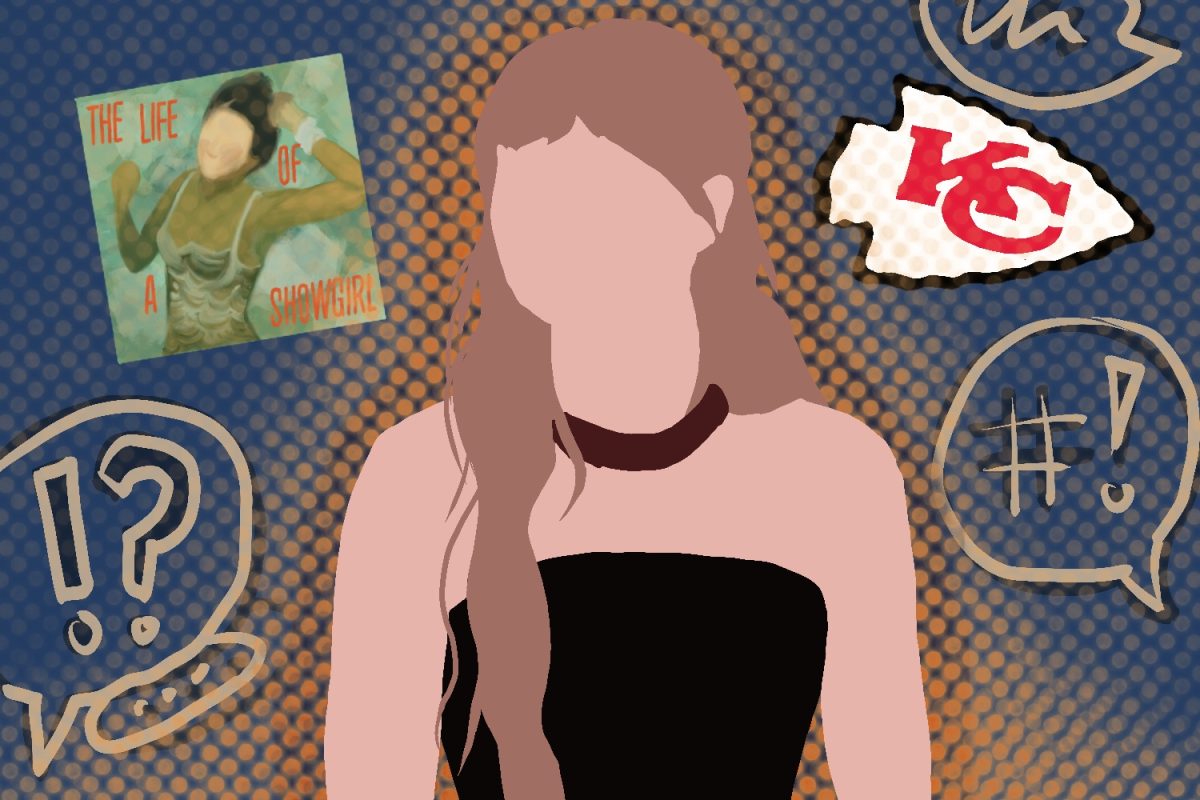We are living in a digital age where it’s important to use the Internet to connect with the general public about health. While it is necessary to evolve and change with the world, it is possible to rely too heavily on social media and digital media to make necessary, sustainable, public health changes. New media has brought great improvements to public health, but it has also brought new challenges.
For the past decade, public health professionals have been trying to figure out how to effectively use the Internet to prevent disease. Many applications currently available gather information about disease outbreaks and merely allow people to observe what has already happened. But seeing what’s already happened isn’t as good as being able to predict it.
Researchers have been looking into using tweets with key illness terms to conduct surveillance and predict outbreaks. However, Twitter charges researchers a high price to be able to view raw data. Wikipedia, on the other hand, allows researchers to do the same thing but keeps its information free and available to all.
If we can locate areas that are susceptible to outbreaks based upon Wikipedia searches, public health professionals may finally be able to get the upper hand on the diseases they fight.
Harvard School of Public Health created an online calculator that estimates an individual’s risk of cardiovascular disease and provides steps on how to reduce it.
All of these studies have taken the healthcare out of the clinical setting and placed it into the hands of the people who need it. Public health is effectively reaching an audience a little more personally than with traditional media. Digital media is innovating the way we think about health professionals. It has its pros and cons, because information is easily available to us, but it also makes it easy to become our own doctors, which is scary because most people don’t have the expertise needed to make real medical decisions.
A University of Florida Institute of Food and Agricultural Sciences study revealed that an email intervention helped college students change their attitude and begin to live healthier lifestyles.
While the study found positive changes, I worry that bombarding college students with more emails can become ineffective. We are a generation of filterers. We filter our Instagram pictures, we filter our advertisements and we can just as easily filter our emails. While emails might be good support or cue to action, it’s important to make sure people have the necessary resources available as well, to ensure maximum effectiveness.
It is a valid thought to worry about how much behavior change can actually be influenced through new media. Behavior change will only happen if the resources are available. It can be very easy to divert responsibility if most of the technology is limited to online. People tend to take the Internet less seriously than more personal, face-to-face interactions, so it’s important to cultivate both.
A move into the digital world encourages “Slacktivism.” Slacktivism refers to the willingness to show support for a cause without putting in too much effort or cost. Examples of slacktivism include signing online petitions, participating in the ALS challenge or growing a mustache for Movember. Many have called our generation apathetic. Has the digital world and slacktivism changed the way we react to the world around us?
It can be harder to encourage more substantial interest in public health issues, but social media has been a blessing. It connects a range of people who would have never had the opportunity to work together before. It also helps raise awareness. Silly campaigns that people say are not achieving meaningful accomplishments are at least raising money and awareness. Even if people are slacktivists, they are at least talking about diseases and issues that they might have never known about. They are donating and advertising. People see our generation as apathetic and image conscious, but maybe our activism is just evolving.
Another study revealed that older Americans are getting left behind in the online doctor’s office. Many Americans 65 years and older have difficulty accessing and understanding health information online. The digital divide is not good for their health.
It also makes you wonder what other populations the digital divide is putting at a disadvantage. The homeless and the poor come to mind, as well as people who are just not as digitally literate and have trouble accessing health information. New media is revolutionizing the world, but public health will suffer if we forget to give attention to these populations too.
Technology is here to stay, and every field has to learn to adapt. Public health has found ingenious ways to reach out and affect a variety of people through the Internet. Social media has been a good way to gather data and begin conversations. But we have to be careful that we don’t rely too heavily on new media alone to solve our public health problems.



















































































































